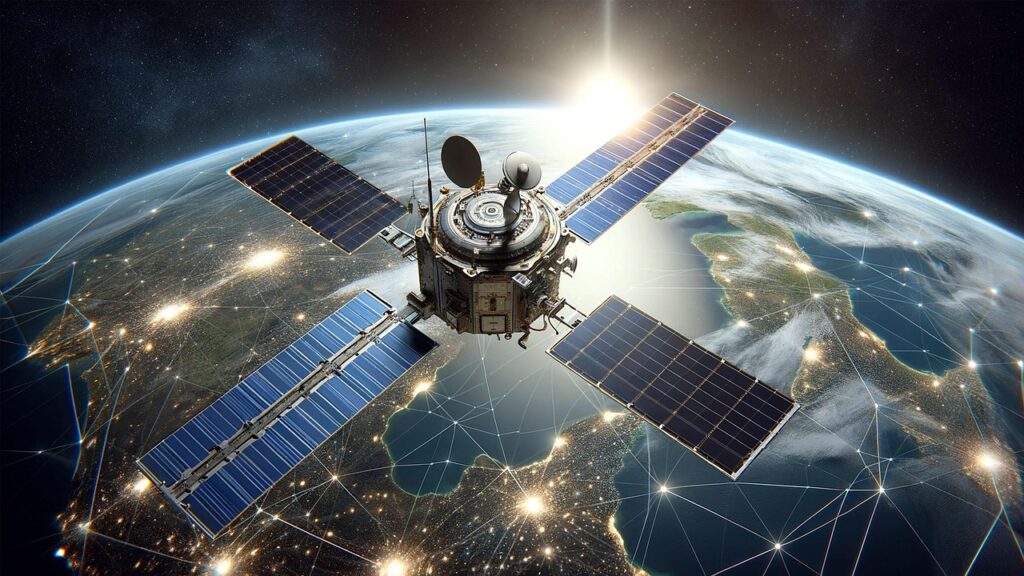Key Takeaways:
- A detonation of just 110 kilotons could immediately jeopardize approximately 20% of LEO satellites.
- Radiation clouds from such detonations could persist for years.
- Commercially viable hardening solutions don’t exist.
- IMPACT: Crippling communications and navigation systems; preventing satellite replacement and recovery; and creating a fundamental security vulnerability.
RAND evaluated how nuclear explosions in space and near-space environments could affect non-military satellites. The emphasis was on low-Earth orbit (LEO; an altitude of ≤1,200 miles or 2,000 kilometers), where most satellites reside.
With the United States increasingly dependent on satellites for communications, navigation, weather forecasting, and more, this critical space-based infrastructure supports a growing commercial space economy. The findings from this information study, including the look at two illustrative cases – hypothetical nuclear detonations at 400km and 30km altitude – reveal alarming vulnerabilities and significant security concerns that warrant urgent attention.
A 110-kiloton nuclear explosion at 400km altitude would immediately jeopardize approximately 20% of LEO satellites through prompt radiation effects. Larger yields would expose the same number of satellites to even more intense radiation. The damage could severely degrade crucial services, including communications, remote sensing, and weather monitoring capabilities upon which modern society now relies. A 30km detonation could threaten systems on the ground by generating electromagnetic pulses.
Beyond the immediate damages are the prolonged radiation hazards. High-yield detonations could create trapped electron clouds that would orbit the Earth for years, potentially disabling another large portion of LEO satellites. This creates a double threat: immediate destruction followed by a long-term radiation environment hostile to both surviving and replacement satellites. The exact impact depends on the concentration and distribution of these trapped electrons, but the potential for sustained disruption is significant.
RAND warns that it may not be feasible to quickly rebuild satellite capabilities after such an attack, with trapped radiation potentially lingering for years. This creates a scenario where critical, space-based services could remain compromised for extended periods, with profound implications for national security and economic stability.
While satellites can theoretically be hardened against some radiation effects, the report concludes that commercial entities cannot practically implement adequate protections against nuclear weapons. Furthermore, no practical shielding exists for satellites against neutrons and gamma rays. This economic reality creates a structural vulnerability in commercial satellite infrastructure that cannot be easily addressed through market forces alone. The situation is even more concerning when considering that replacement of electron-damaged satellites must wait until radiation levels naturally decay to safe levels.
RAND’s Homeland Security Research Division conducted the research for this report, sponsored by the Cybersecurity and Infrastructure Security Agency (CISA). The findings highlight critical vulnerabilities in our space-based systems and underscore the need for heightened awareness. As satellite networks become increasingly integrated into critical infrastructure, understanding and mitigating these risks becomes essential for national security planning and resilience strategies.

